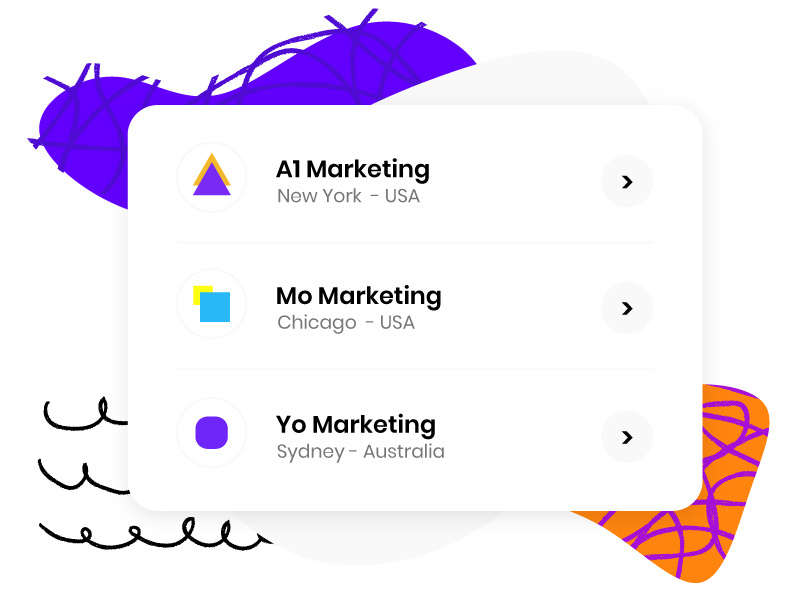
Getting approved for a loan with bad credit can feel like an uphill battle. Traditional lenders often shy away from borrowers with low credit scores, leaving many people feeling stuck. However, understanding what lenders actually look for can significantly improve your chances of securing financing—even with less-than-perfect credit.
The Reality of Bad Credit Loans
Bad credit loans exist because not everyone has a flawless financial history. Life happens—medical emergencies, job losses, or unexpected expenses can all contribute to credit score drops. Fortunately, some lenders specialize in working with borrowers who have poor credit.
Why Lenders Still Consider Bad Credit Applicants
Contrary to popular belief, lenders don’t just look at your credit score. They evaluate multiple factors to determine risk and repayment ability. Here’s what they focus on:
Key Factors Lenders Evaluate
1. Credit Score (But It’s Not Everything)
While a low credit score (typically below 580) makes approval harder, it doesn’t automatically disqualify you. Some lenders offer bad credit loans with rates adjusted based on risk.
- FICO vs. VantageScore: Lenders may use either scoring model, so check both.
- Recent Activity: A recent late payment hurts more than an old one.
2. Income and Employment Stability
Lenders want assurance that you can repay the loan. They’ll examine:
- Monthly Income: A steady paycheck improves approval odds.
- Employment History: Long-term employment signals stability.
- Debt-to-Income Ratio (DTI): Ideally under 40%.
3. Collateral (Secured vs. Unsecured Loans)
- Secured Loans: Require collateral (e.g., car, home). Lower risk for lenders = better approval chances.
- Unsecured Loans: No collateral needed but often come with higher interest rates.
4. Loan Purpose
Some lenders prefer specific uses (e.g., debt consolidation, home repairs). Be transparent—it builds trust.
5. Existing Debt and Payment History
- Outstanding Loans: Too much debt may raise red flags.
- Late Payments: Patterns matter more than one-off incidents.
How to Improve Your Approval Odds
Check and Dispute Credit Report Errors
Mistakes happen. Dispute inaccuracies with credit bureaus (Experian, Equifax, TransUnion).
Consider a Co-Signer
A trusted co-signer with good credit can boost approval chances and lower rates.
Opt for Smaller Loan Amounts
Requesting less money reduces lender risk.
Explore Alternative Lenders
- Online Lenders: Often more flexible than banks.
- Credit Unions: Member-focused with better terms.
- Peer-to-Peer (P2P) Lending: Connects borrowers with individual investors.
The Impact of Economic Trends
Inflation and Rising Interest Rates
With inflation affecting global economies, lenders are tightening criteria. Bad credit borrowers may face:
- Higher APRs: To offset risk.
- Stricter Requirements: Some lenders now demand higher income thresholds.
The Gig Economy Factor
Freelancers and gig workers face unique challenges. Lenders may scrutinize:
- Irregular Income: Provide bank statements or tax returns.
- Multiple Income Streams: Highlight consistent earnings.
Red Flags That Hurt Approval
Recent Bankruptcies or Foreclosures
These significantly lower approval odds. Some lenders require waiting periods (e.g., 2 years post-bankruptcy).
Multiple Hard Inquiries
Too many loan applications in a short span can signal desperation.
No Credit History
Surprisingly, having no credit can be as problematic as bad credit. Consider credit-builder loans.
Final Tips Before Applying
- Compare Lenders: Rates and terms vary widely.
- Read the Fine Print: Watch for prepayment penalties or hidden fees.
- Avoid Predatory Lenders: Steer clear of sky-high APRs or pressure tactics.
Bad credit doesn’t have to mean no options. By understanding lender priorities and strategically positioning your application, you can secure the financing you need.
Copyright Statement:
Author: Avant Loans
Link: https://avantloans.github.io/blog/bad-credit-loan-approval-what-lenders-look-for-8244.htm
Source: Avant Loans
The copyright of this article belongs to the author. Reproduction is not allowed without permission.
Prev:How to Use a 72-Month Loan to Upgrade Your Vehicle
Next:Kotak Prime Loans for Tax Payments: A Temporary Solution?
Recommended Blog
- How to Use a 72-Month Loan to Upgrade Your Vehicle
- How RCS Loans Can Help You Hire More Employees
- How to Secure a Personal Loan in the Quad Cities
- The Best States for Online Payday Loans in the U.S.
- The Impact of Bad Debts on Loans Receivable
- How to Lower Your Navient Student Loan Payments
- 1000 Loans for Bad Credit – No Bank Account Needed
- Bad Credit Vacation Loans Near Me: Should You Borrow?
- Payday Loans Online – What Happens After Approval?
- How to Apply for a Chime Instant Loan in Minutes
Latest Blog
- Greenline Loans: How to Use Them for Car Repairs
- River Valley Loans: What Borrowers Are Saying
- How to Improve Your Chances for 100 Percent Approval Loans
- How to Get a $600 Loan with a Savings Account
- John Lewis Loans: What Documents Do You Need to Apply?
- Military Personal Loans for Holiday Spending
- Chime Payday Loans: Flexible Repayment Plans
- Loans for Temporary Foreign Workers: Visa-Based Lending
- How to Negotiate Better Terms on Same Day Payday Loans
- Loans Held for Sale: How to Avoid Common Pitfalls
